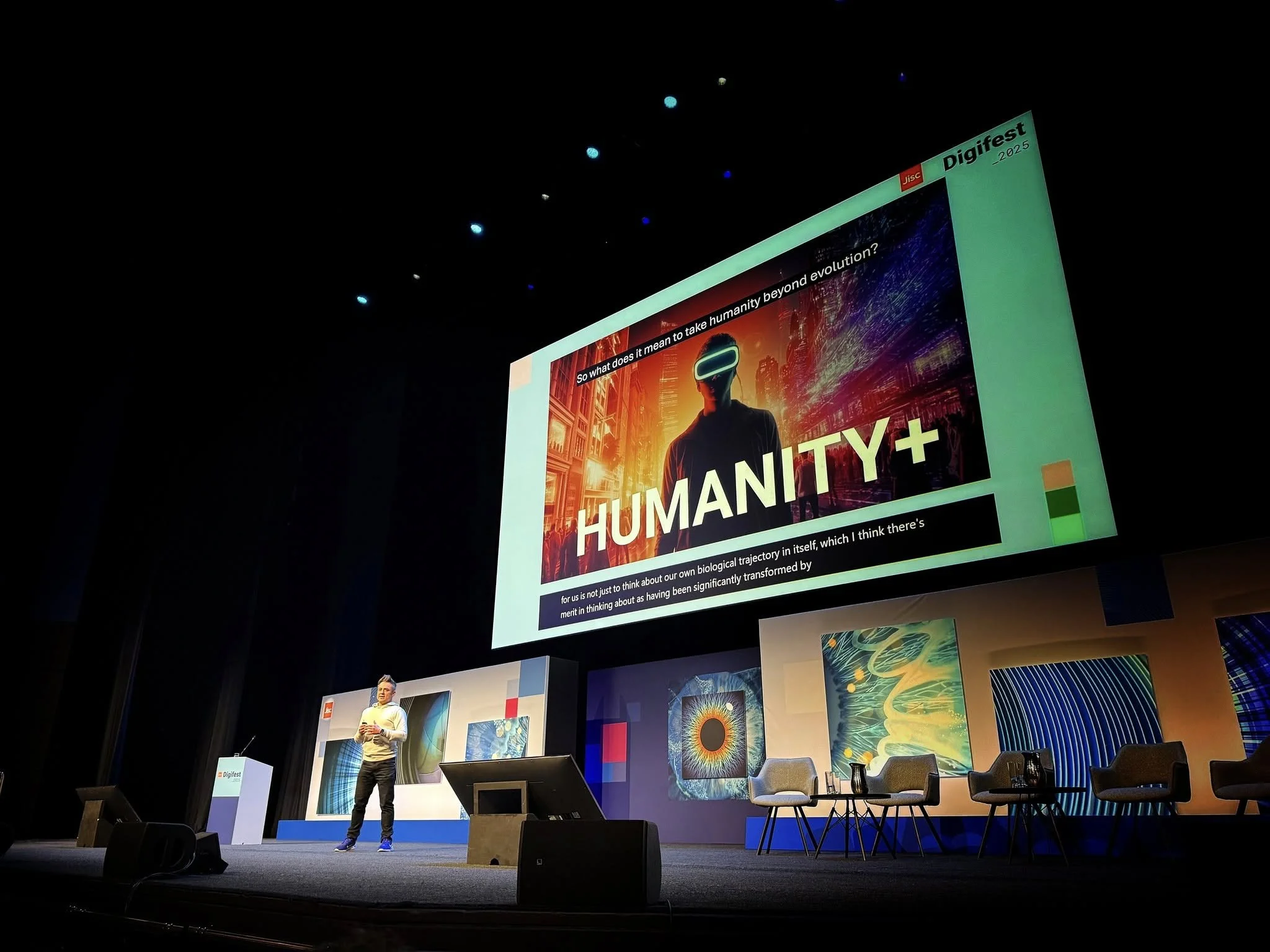
Make it stand out
What’s been happening?

Bioethics and the Future of Sport
Future Sport
The idea of transhumanism

Genetically Modified Athletes at the London 2012 Olympic Games?
Deporte, ética y derecho
Gene Doping
The DREAM Gene
Arte (Switzerland)
On 30 July, I'll be one of a number of commentators in a documentary to be screened on the TV channel Arte. The film is about gene doping and is directed by Beat Glogger, an awesome character living in Switzerland
Gene Doping
As the Vancouver 2010 Games approach, will these be a genetically modified Olympics? This essay is a reply to Friedmann, Rabin et al in Science this week.
